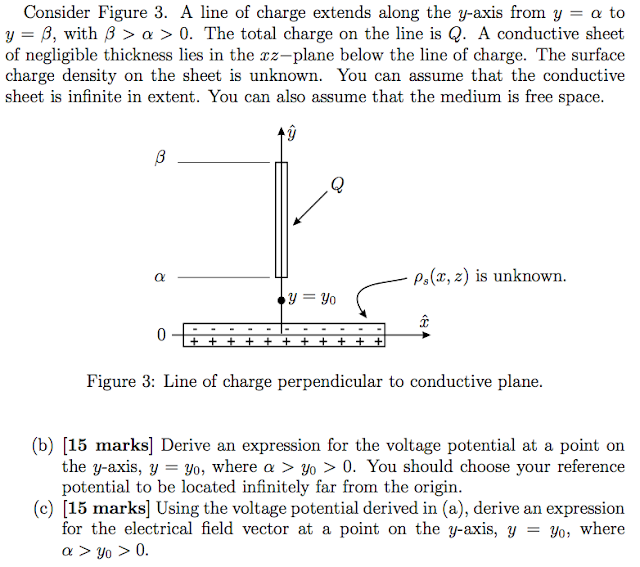First, for some reason unknown to me I apparently called the cross product "curl" a number of times today. Must be something in my tea. We covered curl last month, and although the curl can be expressed in terms of the cross product of nabla and the vector field of interest, curl is not the same as cross product. So mea culpa!
Today we covered basic units for magnetostatics, the first postulate of magnetostatics, force on a moving charge due to a magnetic field, and the Hall effect. We began the second postulate of magnetostatics.
For Friday, please review the second postulate as well as the Lorentz force equation.
Today we covered basic units for magnetostatics, the first postulate of magnetostatics, force on a moving charge due to a magnetic field, and the Hall effect. We began the second postulate of magnetostatics.
For Friday, please review the second postulate as well as the Lorentz force equation.










